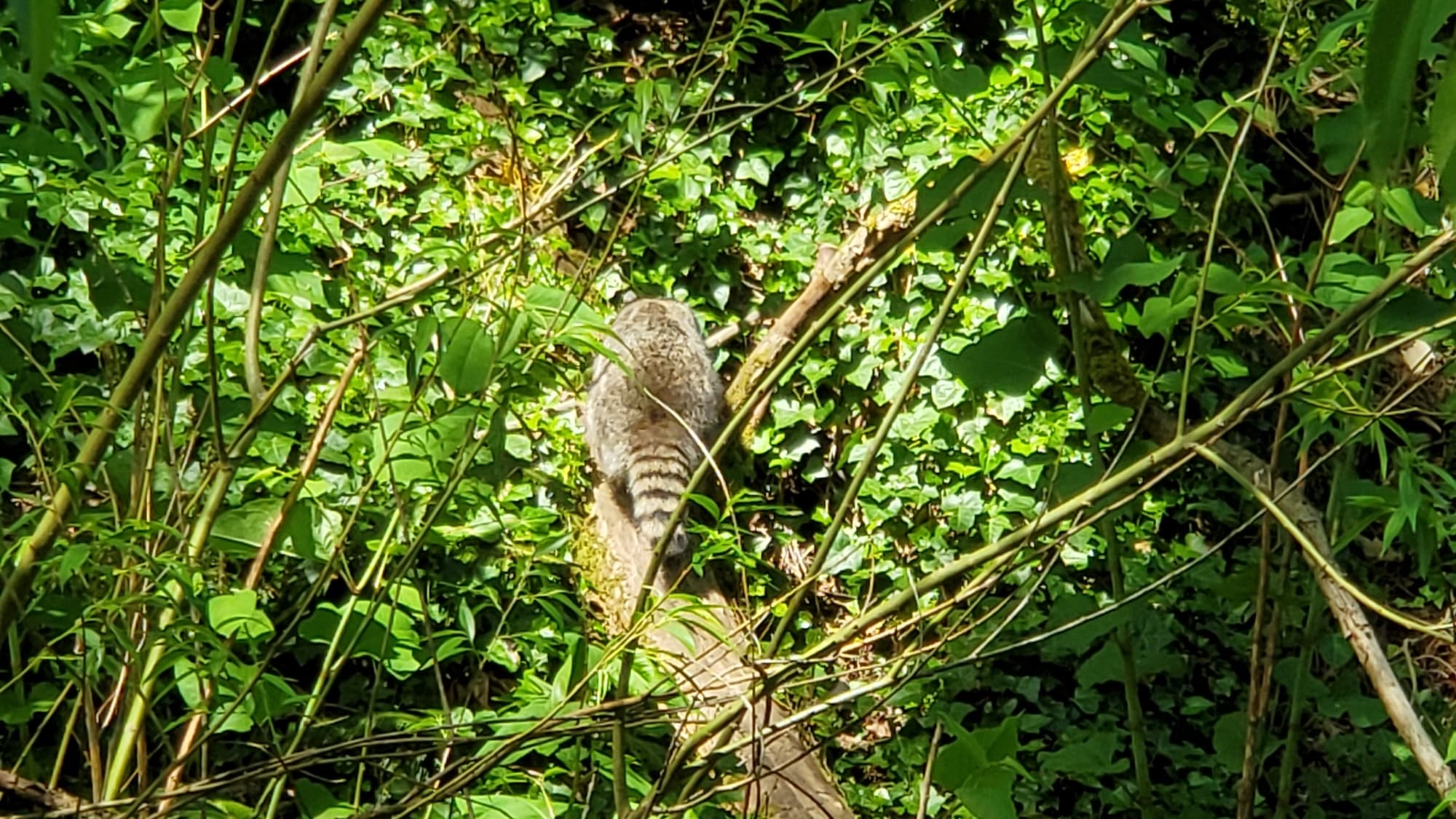Brush Gorse removal
Homeowner’s Issue
Brush yards face a mix of dry summers and sudden winter storms that make gorse a stubborn problem. Many properties here sit on compacted loam or shallow fill with patchy drainage, which lets gorse establish on slopes, fence lines, and neglected corners. The shrub’s dense, spiny growth crowds out native grasses, creates a mossy understory in shaded spots, and adds flammable material along hedgerows — a real concern on hot, breezy days.
HOA rules and curb-appeal standards in Brush mean homeowners often need reliable, tidy solutions that won’t require daily upkeep. Typical challenges include erosion on small ravines, weeds that sprout after heavy rains, and ivy or moss moving in where gorse is cleared. Because Brush properties can have varied sun exposure — full sun on southern faces, deep shade on north-facing banks — removal needs to account for soil disturbance and replanting with low-maintenance, native or drought-tolerant replacements. We focus on sustainable, manual methods (no herbicides) so your yard recovers healthy and stays low-maintenance.
Our Quality Service
I’ve been leading a laid-back, sustainable crew across the Seattle region for 15 years, and we apply that experience to Brush yards. We start with a site visit to map infestation size, slope, and drainage lines. Removal is done by hand or with light tools to protect soil structure and nearby plants. We avoid herbicides — all work is mechanical and organic.
Local insight: we factor in winter run-off, compacted soils, and sun/shade patterns so replanting and mulching actually stick. Benefits include improved drainage on slopes, reduced fire fuel, better curb appeal, and a lower-maintenance yard that respects HOA rules.
What’s Included
- Onsite assessment and written plan
- Manual removal and root extraction of gorse plants
- Debris hauling and responsible disposal
- Light grading to reduce erosion where needed
- Site recommendations for replanting with native or drought-tolerant species
Options / Upgrades:
- Mulch + fabric (peat-free mulch and biodegradable fabric)
- Organic weed control and follow-up hand-weeding
- Haul-away (truck disposal) vs. green-bin drop-off
- Native shrub or groundcover installation
- Gravel or drainage upgrades for problematic slopes
Before & After / Expectations
Be honest: expect noise from hand tools and some truck activity on service day, and a short window of visible debris before haul-away. We keep access points clear and protect lawns and paths during work. After removal, the ground may look bare for a few weeks — that’s the best time to plant recommended natives or lay mulch.
Care tips for Brush yards:
- Water new plants deeply but infrequently to encourage deep roots.
- Watch for moss in shaded, compacted spots — aerate and lighten shade.
- Pull young gorse seedlings early; manual removal while small is easiest.
- Keep ivy and other vines off exposed slopes to reduce re-establishment.
FAQs
- How long does a typical job take? Most small-to-medium yards are cleared in a half-day to a full day; larger infestations take more planning.
- Will you use herbicides? No. We use manual and organic methods only.
- Do you handle steep slopes? Yes — we use hand tools and safety gear to protect soil and workers.
- Is replanting included? We provide recommendations; planting is available as an add-on.
Call to Action
If you’re in Brush and ready to clear gorse for a safer, neater yard, book a free estimate. We schedule quickly, work cleanly, and leave results that last. Email neatandtidyseattle@gmail.com to get started — we’ll send a simple plan and transparent pricing.










